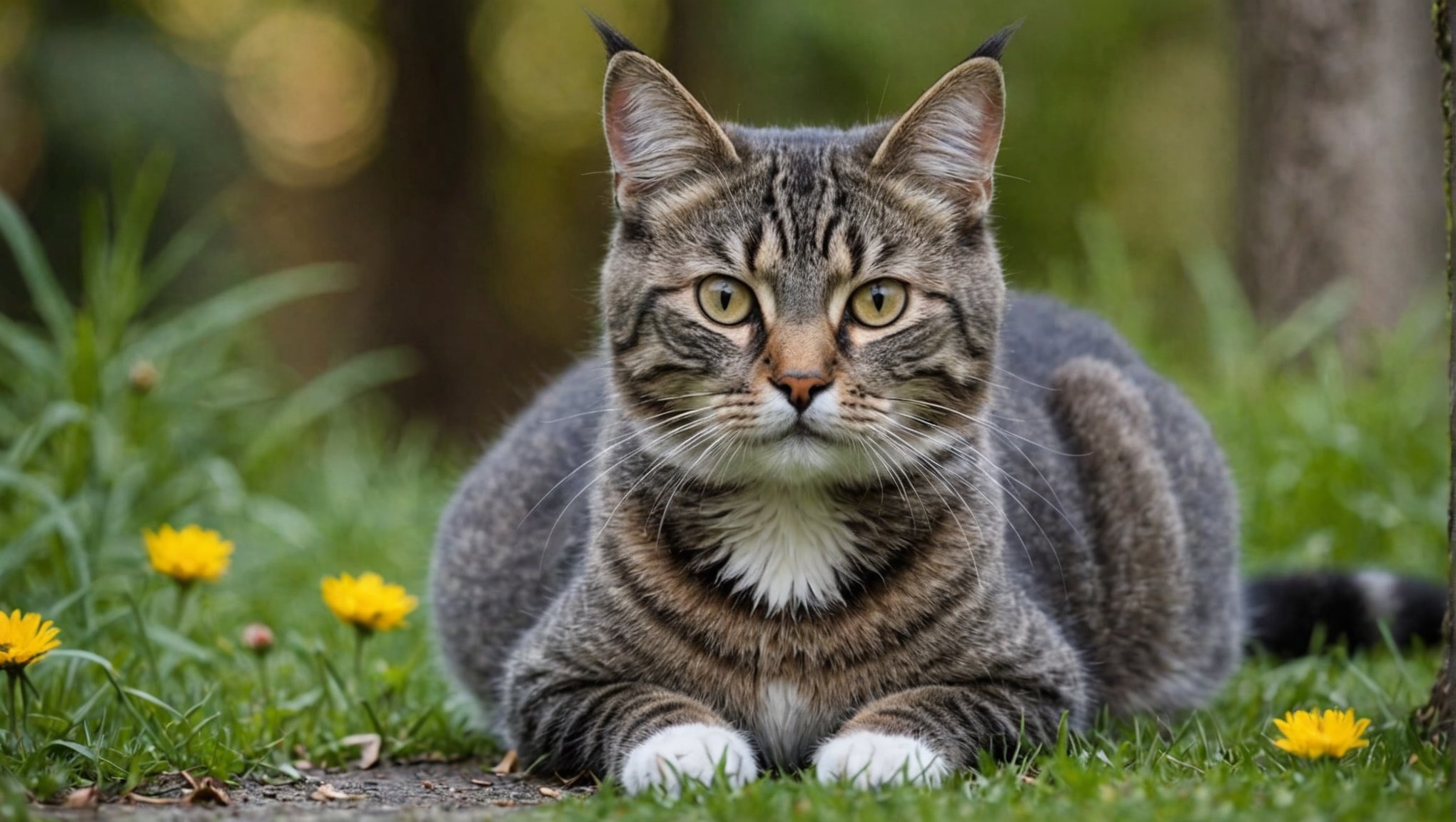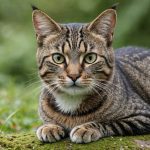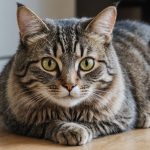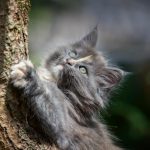Feline Lower Urinary Tract Disease (FLUTD) affects many cats, leading to discomfort and potential long-term health issues. Understanding the causes and symptoms is essential for effective management. This guide offers practical tips to ensure your cat’s well-being, from dietary adjustments to environmental changes. With the right knowledge and care, you can significantly enhance your cat’s quality of life and help them thrive despite FLUTD. The journey to optimal wellness begins with the information you need to make informed decisions for your furry companion.
Overview of Feline Lower Urinary Tract Disease (FLUTD)
Feline Lower Urinary Tract Disease (FLUTD) is a significant health issue affecting cats, characterised by a variety of urinary problems. This condition encompasses multiple disorders that can lead to discomfort and serious health complications. Understanding FLUTD is crucial for cat owners, as it directly impacts feline urinary health and overall well-being.
Cela peut vous intéresser : Designing a Safe and Stimulating Sensory Garden for Blind Cats to Discover the Outdoors
Common Types of FLUTD
There are several types of FLUTD, each with unique implications. Feline Idiopathic Cystitis is the most prevalent, often linked to stress and environmental factors. Urolithiasis, or bladder stones, can cause blockages and irritation. Urinary tract infections are less common in cats but can occur, especially in older or immunocompromised felines. Recognising these conditions is vital for maintaining cat health.
Importance of Early Diagnosis
Early diagnosis of FLUTD is critical. Prompt veterinary consultation ensures proper treatment and prevents complications like urinary blockages, which can be life-threatening. Symptoms such as frequent urination, straining, or blood in the urine should prompt immediate veterinary attention. Addressing feline urinary issues early enhances recovery prospects and improves the cat’s quality of life.
A lire en complément : Unlocking Joy: Creative Ways to Keep Your Indoor Cat Mentally Engaged and Curb Boredom
Symptoms of FLUTD
Understanding the symptoms of FLUTD is essential for early detection and effective management. Cats with FLUTD often exhibit noticeable behavior changes. These changes can include increased agitation or restlessness, which may be due to discomfort or pain. Observing your cat’s behavior closely can provide vital clues.
Key Indicators of FLUTD
One of the primary indicators of FLUTD is urinary distress. Cats may strain while attempting to urinate, often producing little to no urine. This can be a sign of a serious blockage and requires immediate veterinary attention. Additionally, you might notice your cat visiting the litter box more frequently or urinating outside of it, which is a clear signal of distress.
Behavioral and Physical Signs
Behavioral changes, such as avoiding the litter box or vocalizing during urination, are common. Physically, cats may adopt unusual postures when attempting to urinate. Frequent licking of the genital area is another sign of discomfort. Monitoring these cat behavior changes can help in identifying FLUTD early and seeking timely intervention. Recognizing these symptoms ensures that your cat receives the necessary care to alleviate discomfort and prevent further complications.
Causes of FLUTD
Understanding the causes of FLUTD is essential for prevention and management. One significant cause is feline urinary tract infections, which, although less common, can lead to inflammation and discomfort. Another prevalent cause is the formation of urinary crystals or stones, which can obstruct the urinary tract and cause severe pain.
Risk Factors and Environmental Influences
Several risk factors contribute to the development of FLUTD. Obesity is a major factor, as overweight cats are more susceptible to urinary issues. Additionally, a sedentary lifestyle can exacerbate these problems. Diet also plays a crucial role; diets high in magnesium and phosphorus can increase the risk of crystal formation.
Stress is another critical component in FLUTD development. Cats are sensitive creatures, and changes in their environment, such as moving house or introducing new pets, can trigger stress-related urinary problems. Providing a stable and enriched environment can help mitigate these effects.
Environmental factors, such as limited access to clean water or an unclean litter box, can also contribute to FLUTD. Ensuring your cat has access to fresh water and a clean litter area is vital in preventing urinary issues. Addressing these causes and risk factors can significantly reduce the incidence of FLUTD.
Treatment Options for FLUTD
When addressing FLUTD treatment, veterinary care is paramount. Early and accurate diagnosis by a veterinarian ensures that your cat receives the most effective medication for cats suffering from FLUTD. Medical treatments may include antibiotics for infections, anti-inflammatory drugs to reduce swelling, and pain relief medications to alleviate discomfort.
Importance of Veterinary Intervention
Veterinary care is crucial in monitoring the cat’s progress and adjusting treatments as necessary. Regular check-ups help in tracking the effectiveness of the prescribed medication for cats and ensuring no adverse reactions occur. Veterinarians may also recommend dietary changes to prevent recurrence, such as low magnesium diets that reduce crystal formation.
Alternative Therapies and Home Care
In addition to conventional treatments, alternative therapies can support FLUTD treatment. Stress reduction techniques, like providing a calm environment, can be beneficial. Home care strategies include ensuring ample fresh water availability and maintaining a clean litter box. These measures not only complement medical treatments but also help in preventing future episodes of FLUTD.
By combining veterinary care with attentive home management, cat owners can significantly improve their pets’ quality of life and reduce the risk of recurring urinary issues.
Dietary Recommendations for Cats with FLUTD
A tailored cat diet for FLUTD is crucial in managing and preventing urinary issues. Proper urinary health nutrition can significantly reduce the risk of crystal formation and other complications. Cats with FLUTD benefit from diets that are low in magnesium and phosphorus, as these minerals can contribute to stone formation. Specialised feline food, often prescribed by veterinarians, is designed to maintain optimal urinary pH levels, which is essential for preventing crystal aggregation.
Importance of Hydration
Hydration plays a pivotal role in managing FLUTD. Increased water intake dilutes urine, reducing the concentration of minerals that form stones. Encouraging your cat to drink more water can be achieved by providing multiple water sources or using water fountains, which many cats find appealing. Wet food is also beneficial, as it contains higher moisture content than dry kibble, supporting overall urinary health.
Beneficial Food Types and Ingredients
When selecting feline food for a cat with FLUTD, opt for products specifically formulated for urinary health. These often include ingredients that promote bladder health and reduce inflammation. Look for foods enriched with omega-3 fatty acids and antioxidants, which can further support the urinary tract and enhance your cat’s well-being.
Preventive Care Strategies
Implementing effective FLUTD prevention measures is essential for maintaining your cat’s urinary health. Establishing daily habits can significantly reduce the risk of recurrence. Ensuring your cat stays hydrated is crucial. Providing multiple water sources and incorporating wet food into their diet helps maintain urinary health.
Regular Veterinary Check-ups
Regular veterinary check-ups are vital for urinary health maintenance. These visits allow for early detection of potential issues and ensure ongoing wellness. Your vet can monitor your cat’s health, adjusting dietary or medication needs as necessary. Consistent evaluations help in preventing future complications and maintaining overall well-being.
Environmental Adjustments and Stress Reduction
Creating a stress-free environment is a key component of cat wellness tips. Cats are sensitive to changes, so maintaining a stable and enriched environment is beneficial. Introduce stress reduction techniques such as interactive play and safe spaces for relaxation. Additionally, ensure the litter box is clean and accessible, as this encourages healthy urinary habits.
By adopting these FLUTD prevention strategies, cat owners can effectively support their pet’s health. Regular veterinary care, combined with environmental and lifestyle adjustments, plays a critical role in preventing urinary issues and promoting long-term wellness.
















